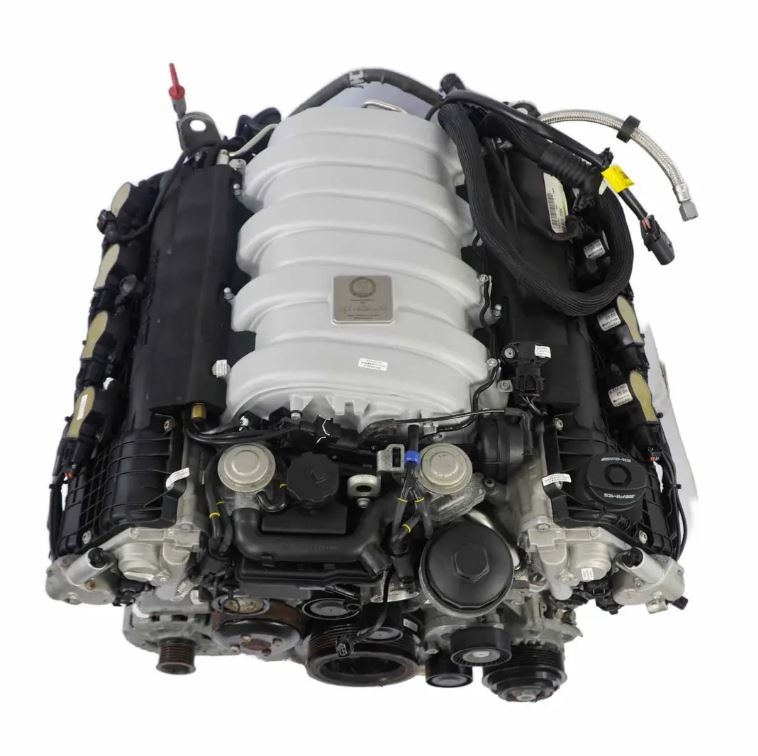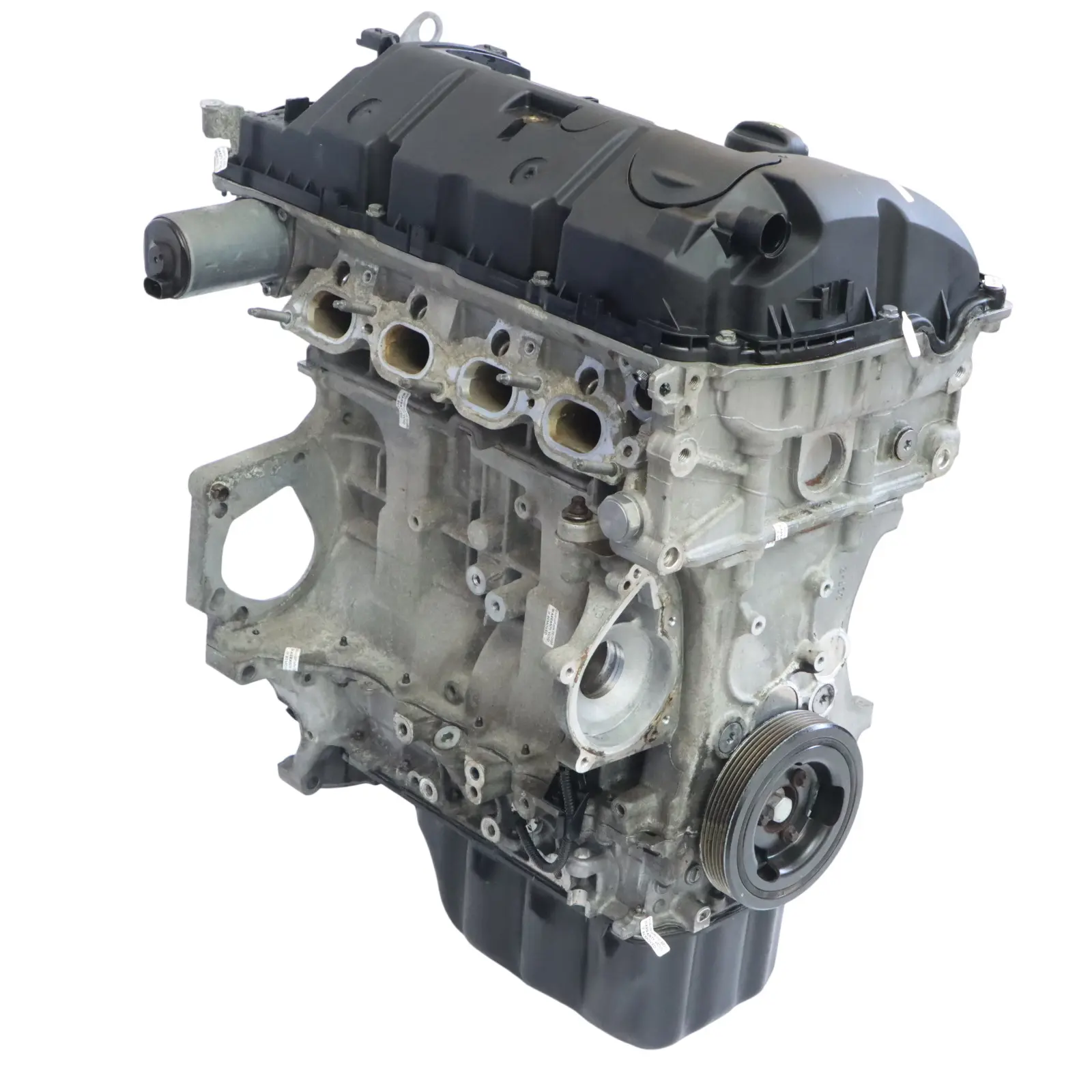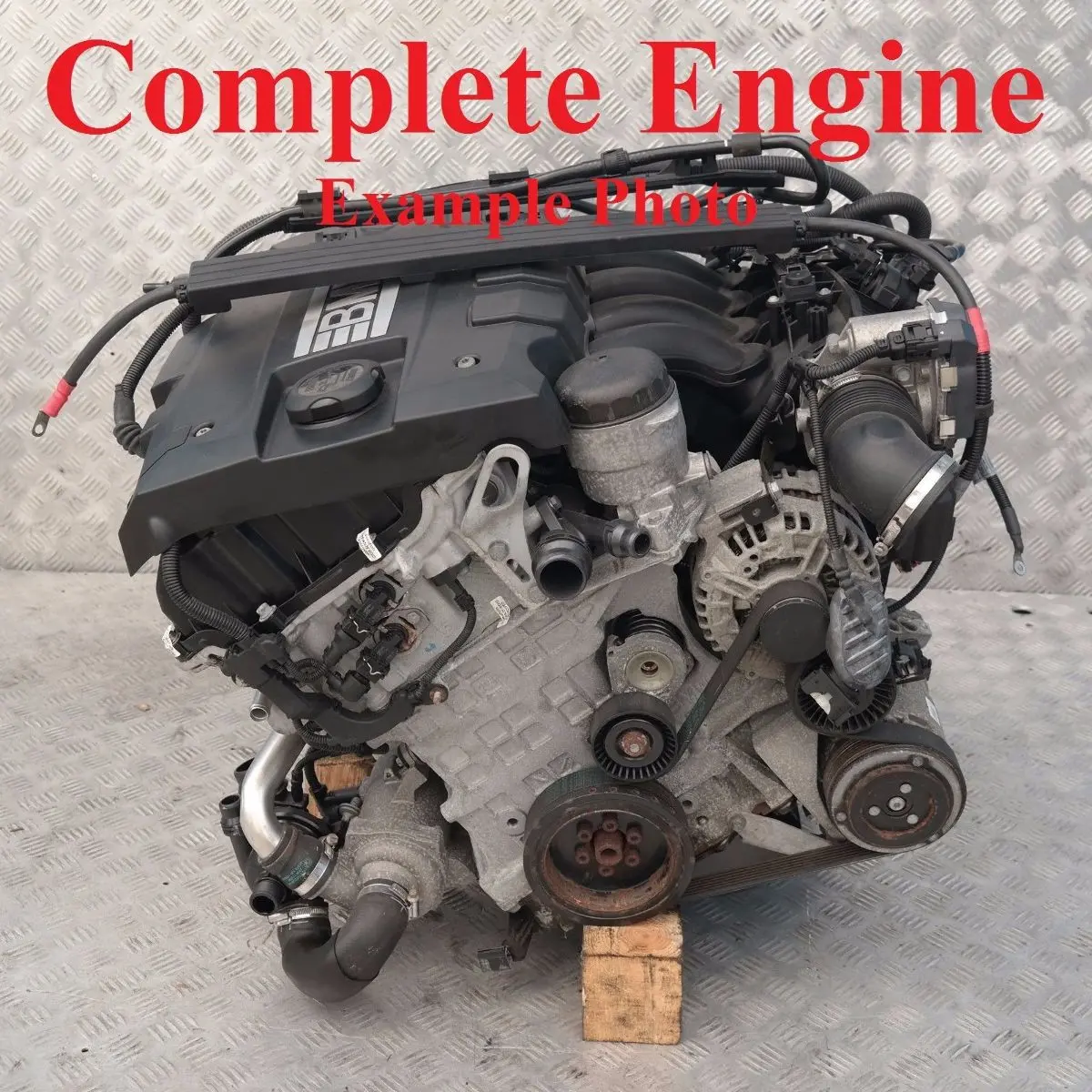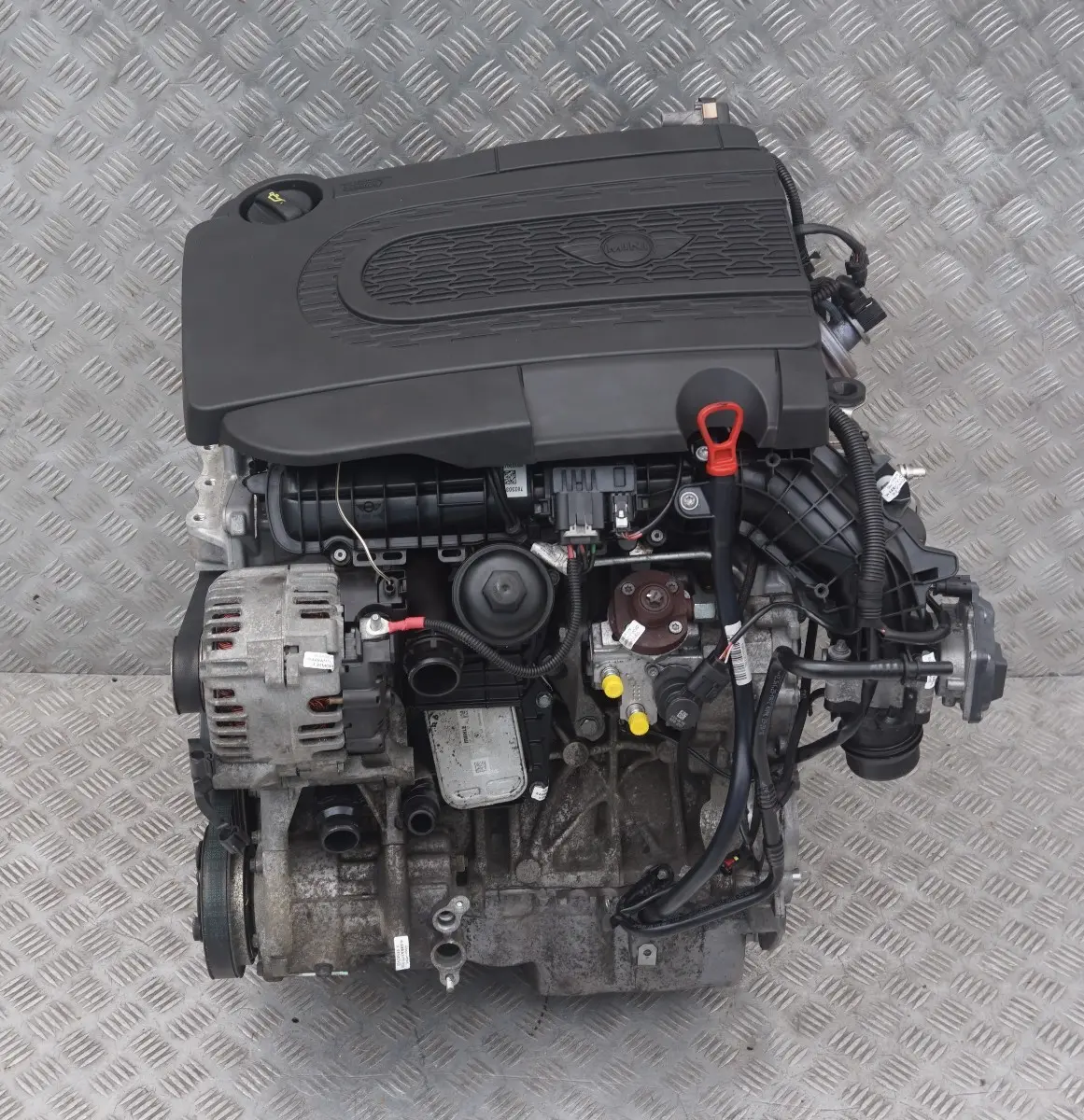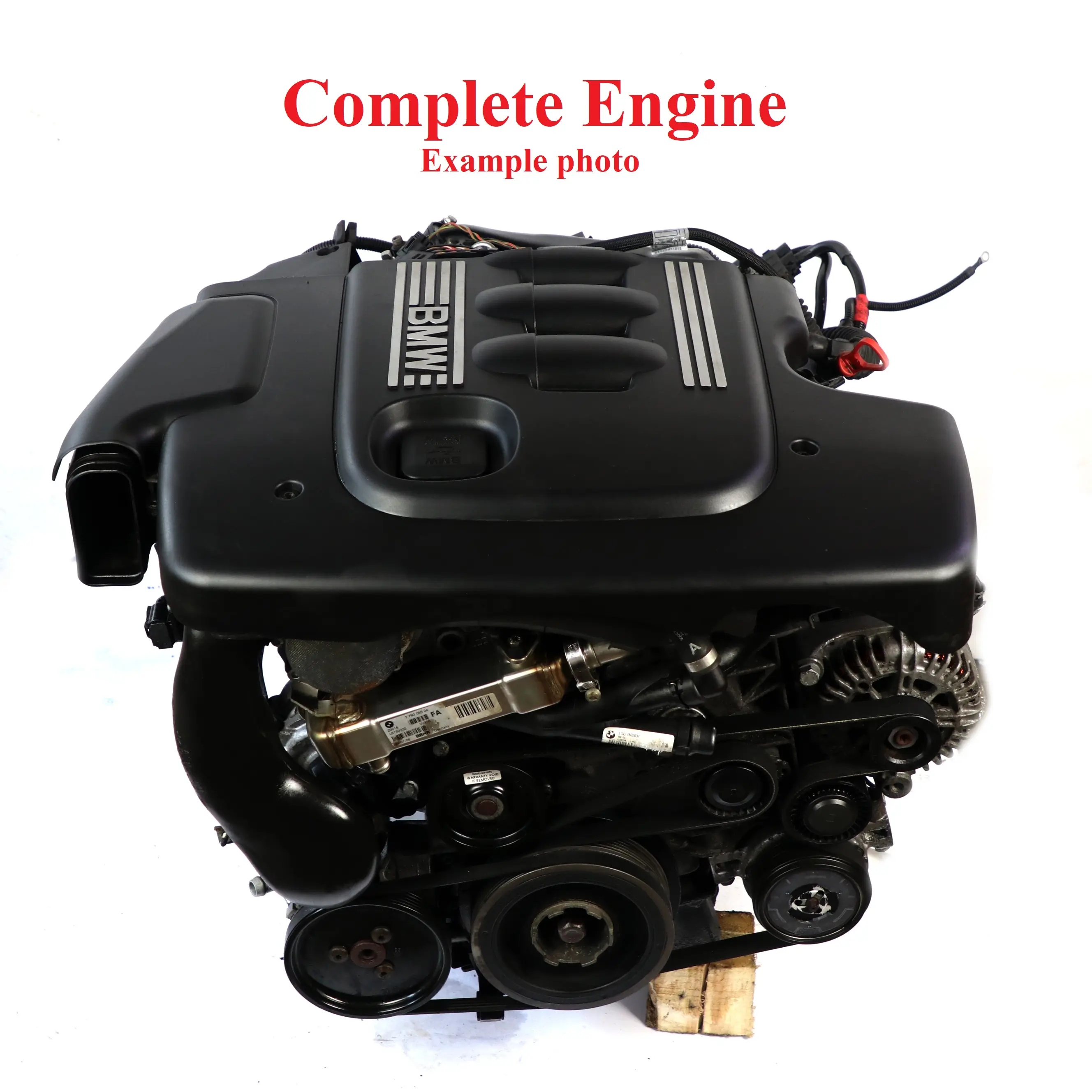Used gearboxes and used engines are often the shortest route to a "stock" repair without excessive costs. Original dismantled units retain their geometry, mountings, and interfaces, making assembly faster and requiring fewer modifications. In many older models, new references are limited or discontinued, making secondary circulation and remanufacturing a natural choice. The following guide organizes the facts and debunks myths: it defines the differences between manual, automatic, and DSG transmissions, explains when a gearbox/engine "fails" with a plug-in, and when adaptations are required. There are also cost ratios, VIN/OEM selection procedures, and a list of phrases used in the market (e.g., "plug & play," "compression tested," "90-day warranty"). Finally, there are short FAQs and tables for quick verification before purchasing from Global Parts .
Facts about used bands
Engines and gearboxes – technical facts that will help you decide
Used engines and used gearboxes from the same model family are a perfect fit: they have the correct flanges, brackets, and wiring harnesses, so installation is predictable. In practice, this means less time in the workshop and a lower risk of unplanned visits. Secondary circulation allows you to buy original parts (OE/OEM), the production of which is sometimes discontinued for older model years – this is a real advantage in availability over the market for new replacements. Competition often advertises "plug & play," "compression/bench tested," "90-day warranty," "free shipping/full returns" – these are mental shortcuts describing the testing status and terms of sale (e.g., engine assembly checklist, minimum warranty period).
Engines – context and selection
Used engine – what is VIN/OEM matching?
Selecting a used engine is based on three filters: platform, engine code, and accessories. B58 engine, N47 engine, M54B30 engine, M54B30 – each has versions differing in intake accessories, sensors, and wiring harnesses. In models from the VAG " 35 TFSI" family, the engine type determines the power class and generation, but compatibility is determined by the engine indexes. In practice, you order a "bare post" or "long-block" (water/oil port, intake manifold, some sensors), and the rest is carried over from the car. When competitors announce "low mileage engine," "compression tested," or "bench tested," they usually mean a documented measurement and a test bench run report – it's worth keeping these printouts in the car's history.
Chests – context and selection
Used gearbox – manual, automatic, DSG in a real workshop
A manual transmission is simple and clutch/release actuator dependent; an automatic transmission uses a torque converter and automatic transmission fluid (ATF); a DSG transmission combines two transmissions and mechatronics, requiring adaptation after installation. In practice, family and intended use are key: the Passat B5 gearbox and the Passat B6 gearbox are not 1:1 interchangeable, nor is the MINI Cooper R50 gearbox vs. the newer MINI. In BMWs, automatic gearboxes (ZF 6HP/8HP) or SMG / sports gearboxes require compatible controllers. In SUVs, a transfer case is important ( BMW X3 E83 automatic gearbox + xDrive transfer case). In vans ( Sprinter 906 gearbox, Opel Vivaro gearbox, 6-speed Opel Zafira gearbox) . ) the gear ratio is also selected for the axle and the weight of the car.
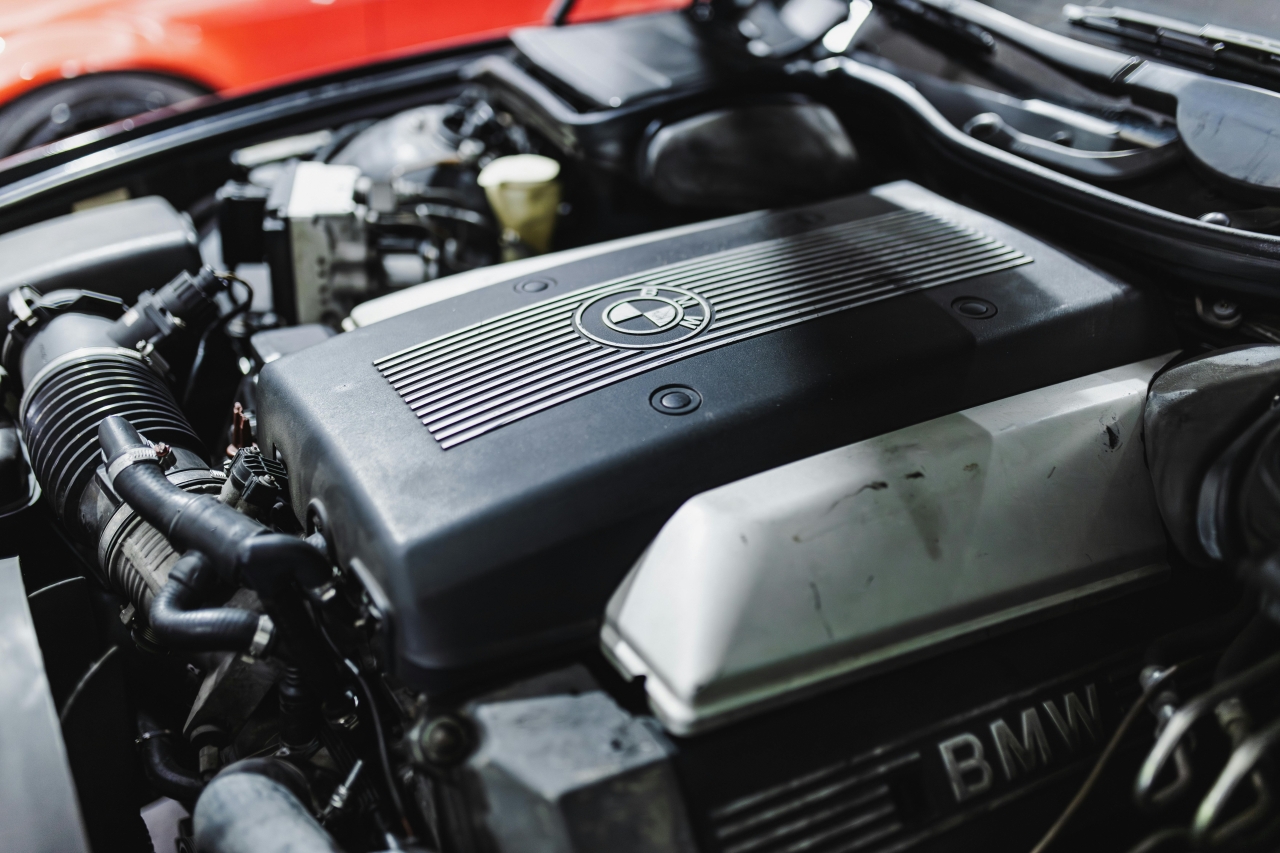
Facts - Used Engines
Used engines – service and operating facts
Fact 1. Used OEM engines retain the factory points and pinology – this reduces labor and reduces the risk of errors. Fact 2. For older generations (e.g. Passat B5 engine, Audi A4 B7 engine, A4 B8 engine, BMW E36 engine, Ford Focus Mk2 engine ) new catalogs are sometimes limited – the secondary circuit is available faster. Fact 3. The price ratio is often ½–⅓ of the value of a new reference (and in complete sets even ¼), while maintaining the OEM geometry. Fact 4. " Car parts / euro parts / car for parts / bmw parts " and similar entries are shortcuts for quick filtering - the final decision is made anyway based on the VIN/OEM. Fact 5. The injection/breathing/cooling system is transferred from the car or selected from the same family; a 2 mm difference in the diameter of the nozzle can destroy the " plug-in" ".
Facts – used crates
Used gearboxes - assembly facts and "soft" after assembly
Fact 1. After installation, the automatic/DSG requires adaptation, deleting old values and a test run. Fact 2. Manual appreciates the new clutch, slave cylinder, and bleeder; it's better to stay in neutral in traffic – this extends the life of the bearings. Fact 3. Advertisements often include "90-day warranty", "plug & play", and "tested" – this is shortened information about the conditions and start-up at the position. Fact 4. In the Passat B5/B6, Audi A6 quattro and BMW E60, the gearbox (manual/automatic/DSG) must come from a compatible control unit family; otherwise, coding time increases. Fact 5. In the MINI R50 and vans (Vivaro/Zafira/Sprinter 906) it is planned to install a gearbox oil cooler, filters, bushings, drive mounts – the little details determine the effect.
Myths about used bands
Gearboxes and engines – the most common myths worth debunking
Myth 1. "Used engine = lottery." - Not when selecting based on VIN/OEM and equipment family; original parts fit without a scratch. Myth 2. "A used gearbox always breaks down." – Predictability is provided by family, a complete set of accessories and adaptations (automatic/DSG). Myth 3. "New is always better." - For 10-20 year old models, there is often a lack of new references; used and reconditioned ones are available, and assembly is faster. Myth 4. "DSG is one design." – DQ200 (7-speed, dry), DQ250 (6-speed, wet), other platforms – different service support. Myth 5. "There is no warranty for used goods." - On the European market, short warranties (e.g. 90 days) and an "engine checklist" to activate the conditions are standard, as can be seen in the regulations of sellers and platforms.
Used engines - procedure
Used Engine – How to Go from Inquiry to Installation
Step 1. Determine the engine code and accessories version (e.g. M54B30, N46B20, BKD/BKC, CRDI engine/CRDi engine). Step 2. Check year differences and replaceable components (intake manifold, connectors, sensors). Step 3. Order a "long-block" or "bare post" and collect disposable gaskets/bolts. Step 4. Have the installation performed by a service center that has torque and first-start procedures (oil, fluid, ECU synchronization, adaptations). Step 5. After 200–500 km, check for leaks and current parameters.
Used crates - procedure
Used gearbox – how to buy and what to add
Step 1. Select the type (manual/automatic/DSG) and application (city, highway, sports gearbox). Step 2. Confirm the VIN/OEM, controller family, and driveshaft compatibility. Step 3. Select the oil (ATF/DCT), filter, radiator, mounts, and clutch slave cylinder. Step 4. After installation, perform adaptations (automatic/DSG), a test drive, and – with intensive use – a scheduled oil change after a few hundred km. Step 5. In 4x4 vehicles (automatic gearbox Audi A6 quattro, BMW X3 E83), check compatibility with the transfer case and differentials.
TABLE – facts vs myths (gears and engines, decision shortcuts)
| Category | FACT – what works | MYTH – what doesn't work | What to do in practice |
|---|---|---|---|
| Used engine | OEM = Factory Points and Pinology | "Drug = lottery" | VIN/OEM, equipment family, start-up procedure |
| Used box | Automatic/DSG require adaptation | "Adaptations are a fad" | TCU reset, clutch learning, check run |
| Availability | Older years = fewer new indexes | "There is always something new" | Look for OE on the aftermarket/remanufacturer |
| Market communication | "plug & play", "tested", "90-day warranty" | "There is no guarantee on used drugs" | Write down the seller's terms and checklists |
| Costs | ½–⅓ (even ¼) of the price of a new one | "Cheap = weak" | Calculate TCO: part + labor hours + accessories |
FAQ – frequently asked questions about used engines and gearboxes
| Question | Answer |
|---|---|
| What is the difference between a used OEM engine and an aftermarket one? | OEM retains geometry and interfaces; replacement may require adjustments. |
| Does a used gearbox require adaptation? | Automatic/DSG – yes; manual usually not, but it is worth checking the clutch release bearing and cables. |
| What are the typical warranties on the market? | "90-day warranty", "engine checklist" and "tested/plug & play" are common in product descriptions. |
| Is it worth looking for "car for parts"? | Yes, when small parts are missing; the decision is finalized by the VIN/OEM anyway. |
| How to calculate profitability? | Calculate TCO: part + operating hours + accessories (oils/filters/pads). |
| When is service/mechanic necessary? | For SRS, fuel, automatic/DSG and first engine start – for safety. |
